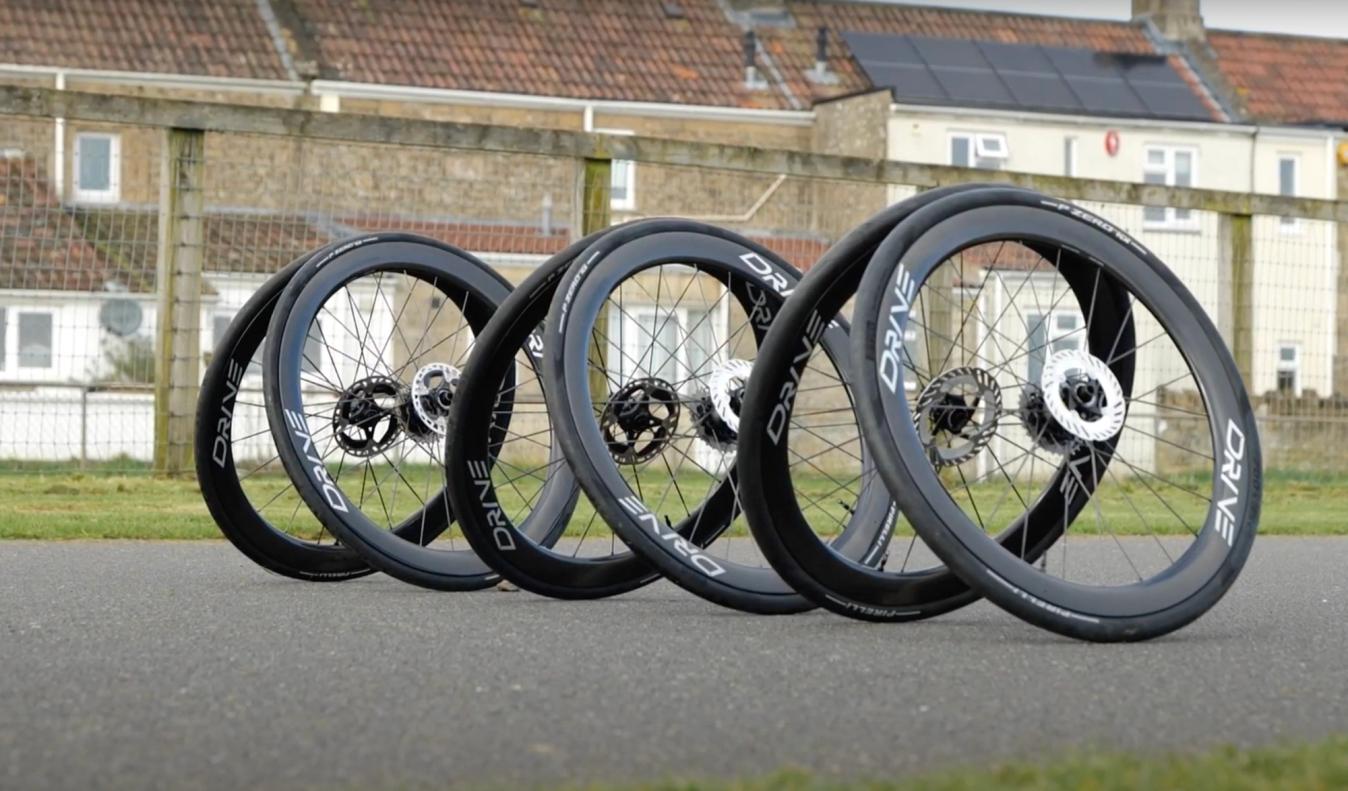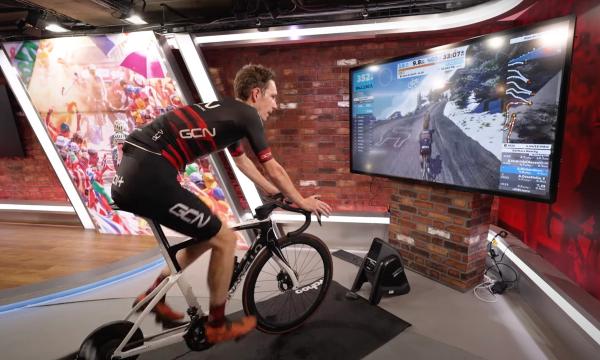Do wider tyres on your bike make you faster?
Alex Paton and Simon Richardson put 26, 30 and 35mm tyres head to head to find out which is the fastest width
Alex Hunt
Junior Tech Writer
For a long time, it was thought that narrow tyres pumped up to the highest pressure they could take was the fastest approach to bike setup. In more recent years this belief has mostly been debunked with wider tyres proven to be more efficient on rough surfaces. The question is where does the upper limit for this lie? Surely, wider is faster up until a certain point but beyond that the added rolling resistance and weight act as a penalty. That is exactly what Si and Alex aim to find out.
Why are wider tyres faster?
The answer boils down to the phenomenon of vibrational losses. Even on seemingly smooth roads the surface that the tyre rolls over can be rough. As the tyre rolls over the imperfections of the road surface, it has to conform its profile or bounce around. With high-pressure narrow tyres the ability to conform to the surface of the road is greatly reduced; this means that the vibrations that the surface causes are transferred into the bike which costs energy.
Wider tyres that can be run at a lower pressure act as vibration dampers, the higher volume and lower pressure allows the tyre to conform to the surface of the road more easily. This means that the tyres isolate the rest of the bike from the effect of high-frequency vibrations which results in a more efficient ride.

© GCN
Si and Alex put three different tyre widths to the test to see which one is fastest
Interestingly, as far as rolling resistance is concerned, wider tyres can actually have a smaller contact patch than narrower tyres. This is because a narrower tyre will create a longer, thinner contact patch that is bigger than a shorter, more broad footprint that a wider tyre offers. This difference in contact patch means that energy loss is lower with a wider tyre.
Does that mean narrow tyres are still faster on smooth surfaces?
The short answer to this question is yes. If we look at the smoothest riding surfaces commonly used, the velodrome bikes are still running narrow 19-23mm tyres at pressures north of 100psi. The smooth wooden floor has almost no surface imperfections that can cause vibrational losses. When this is the case a narrower tyre will be more efficient as it has a smaller aerodynamic profile to cut through the air.
What Alex and Si are looking to find out is if this remains the case on a seemingly smooth paved surface or if instead, the wider tyres are still working their vibrational damping magic.
The test
To find out if wider tyres are better even on ‘smooth’ paved surfaces Alex and Si put three tyres widths head-to-head. Using a 26, 30 and 35mm set of Pirelli P-Zero tyres all mounted to identical wheels they look to complete timed laps of the circuit at fixed power outputs of 100, 200 and 300 watts. They then repeat the first test as a control measure to see how much the results varied from the start to the finish of the testing window. Any differences between these two tests could be attributed to a change in weather. Both Alex and Si completed the range of tests across all widths and power outputs to provide a deeper data set to draw more meaningful conclusions.
To find out the results watch the video at the top of this page.
For more tech tests and features make sure to head over to our dedicated tech section of the website and drop us a comment below with what you think the perfect tyre width is.













.jpg?w=600&auto=format)
